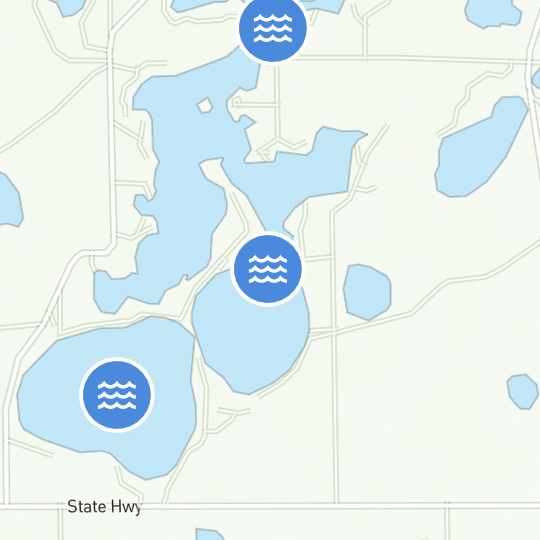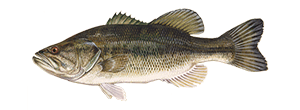How to Tie Fishing Line Together
Learning how to tie a fishing line to another line is one of the most essential fishing skills. Whether you are a beginner or a seasoned angler, you’ll need to know how to tie fishing knots.
Depending on the results you’re seeking, and the type of fishing you’re doing, there is generally more than one option for the task at hand. Listed below are four basic line joining fishing knots that every angler should know.
Blood Knot
One of the most trusted line joining fishing knots, the blood knot – also referred to as a barrel knot – is especially strong. It’s best for tying together two lines that are of approximately the same diameter like sections of monofilament nylon. And while it does require a bit of dexterity, it’s pretty simple to do by following just three steps: first overlap the lines, placing the working ends opposite each other. Wrap one line around the other five times then bring the tag end back and tuck it between the two lines. Do the same with the other end then pull the lines in opposite directions.
Albright Knot
Learning how to tie fishing line together can be challenging when the lines are different types – such as attaching a monofilament leader line to a braided line, a task that is quite routine for saltwater anglers – or different diameters. Many who fly fish routinely use the Albright knot to attach the backing line to the main fly line. In these cases, the Albright knot can be a good solution. This type of knot isn’t the easiest to tie but is still pretty straightforward. Simply make your first loop in the larger line then pass the end of the other line through the loop and wrap it around up to 10 times. Pass the end back through the loop and pull it tight.
Double Uni Knot
Another good knot to know when learning how to tie a fishing line to another that is approximately the same diameter – such as adding a monofilament to your main line – is the uni-to-uni knot. This line joining knot, which is basically two uni knots tied back to back forms a strong connection and is pretty easy to learn: overlap the ends of the two lines by several inches, bring the end of the main line in to form a loop, make numerous turns through the loop and tighten, then follow the same steps with the other line. Lubricate the two lines them grasp them both and pull in opposite directions. The finished knot should resemble a barrel, similar to the blood knot.
Surgeon’s Knot
The surgeon’s knot is also one of the most popular methods for mastering how to tie fishing line together of equal or different diameters because of its strength. The knot is also relatively simple to tie and can be made stronger with more twists. So, for example, if you make one twist, it’s a single surgeon’s know, two twists make it a double surgeon’s, and so on. To start, just lay the two lines over one another, overlapping slightly. Form a loop then pass the working end and entire line through the loop twice. Then finish the knot by pulling all the ends tight.
J Knot
This strong knot is a favorite in fly fishing for securely attaching leaders to tippet line. Start by overlapping the ends of the two lines by several inches, like with the Double uni knot. Next, form a loop by tying a simple overhand knot, pulling the entire leader through loop. Now, weave the leader end through both sides of the loop by running line and leader over and under the loop twice. Finish the knot by moistening the lines and pulling tight.
See How To Tie Fishing Knots for more information about different types of fishing knots, including instructional videos and detailed diagrams.
KEEP LEARNING

How to Tie the Non-Slip Loop Knot
The non-slip loop knot is a popular and reliable choice for securing hooks, lures, and other tackle to your fishing line.
LEARN MORE

Socials
Take me fishing social media links
LEARN MORE

TakeMeFishing x Teen Vogue
Join us on a creative journey as fashion designer Ahmrii Johnson walks us through her collaborative vision and process with Teen Vogue and fashion brand, Rentrayage, to create a special piece.
LEARN MORE


.png?lang=en-US&ext=.png)